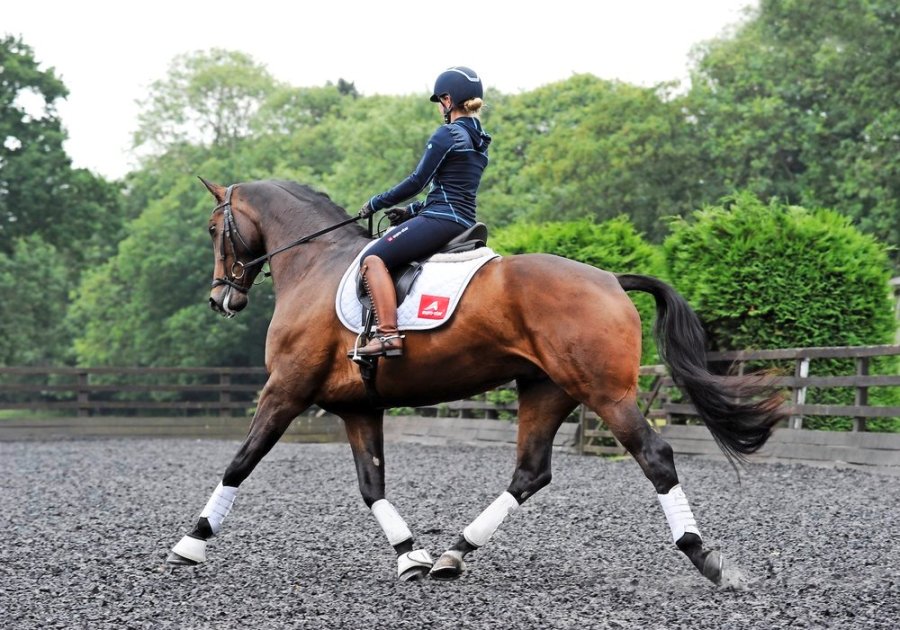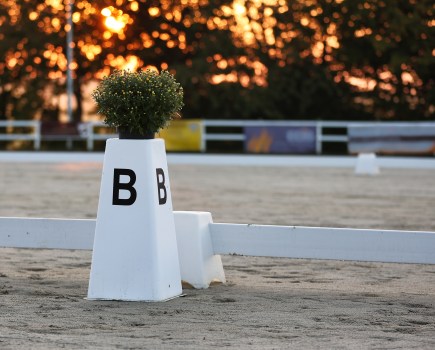Some horses are green, others just downright tricky, but whatever the reason for him evading the contact, try these two exercises from dressage rider Amy Woodhead and start tackling it today.
Contact can be described as a soft, steady connection between your hands and your horse’s mouth, with him going confidently from your driving aids and seeking the hands. This steady contact allows your horse to balance and find his rhythm. It should never be forced by pulling backwards but gained through your horse reacting to your leg aids.
Evasions can be subtle so you’ll need time to tune in to how your horse is feeling underneath you. It can be helpful to have someone on the ground to watch and explain what they’re seeing. The most common evasions are dropping behind the leg, poking his nose out, lifting his head, dropping the bit, crossing his jaw, not working in a frame, opening his mouth and stiffness in his body.
Exercise one: Transitions
Transitions are useful, especially walk, trot, walk – do this exercise every session after you’ve finished warming up and stretching. Ride them on a straight line then move onto a circle, which is more challenging as inside rein and outside leg comes into play. These transitions increase the energy and engagement from behind and encourage him to work with suppleness over his back to the contact. Allow the trot by controlling the amount you give with your reins as you ask so that he can go forwards into the transition. On the downward transition check you aren’t too enthusiastic with the rein aids. Concentrate on getting your horse in front of your leg into a steady contact and repeat the exercise until your horse feels level in your hands and active from behind.
Exercise two: Serpentines
This exercise builds on the good work the transitions have done. A serpentine can have anything from three to seven loops – start with three or four and build up.
Basically a serpentine is a series of half circles connected with straight lines, therefore your horse will change bend frequently teaching him to listen for the aids, which you need to be quick with to avoid confusion and resistance. It’s important to keep the flow going throughout the serpentines, avoiding the temptation to slow down or speed up. Watch for your horse falling in when changing the bend – he’ll need support from the new outside rein and inside leg.
Change diagonal over the centre, which will help to re-balance him. One addition to this exercise is to ride 10m circles when you reach the track and before riding the next loop. Not every time. but once or twice in each serpentine.
Don’t miss the latest issue of Your Horse Magazine, jam-packed with training and veterinary advice, horse-care tips and the latest equestrian products available on shop shelves, on sale now.









